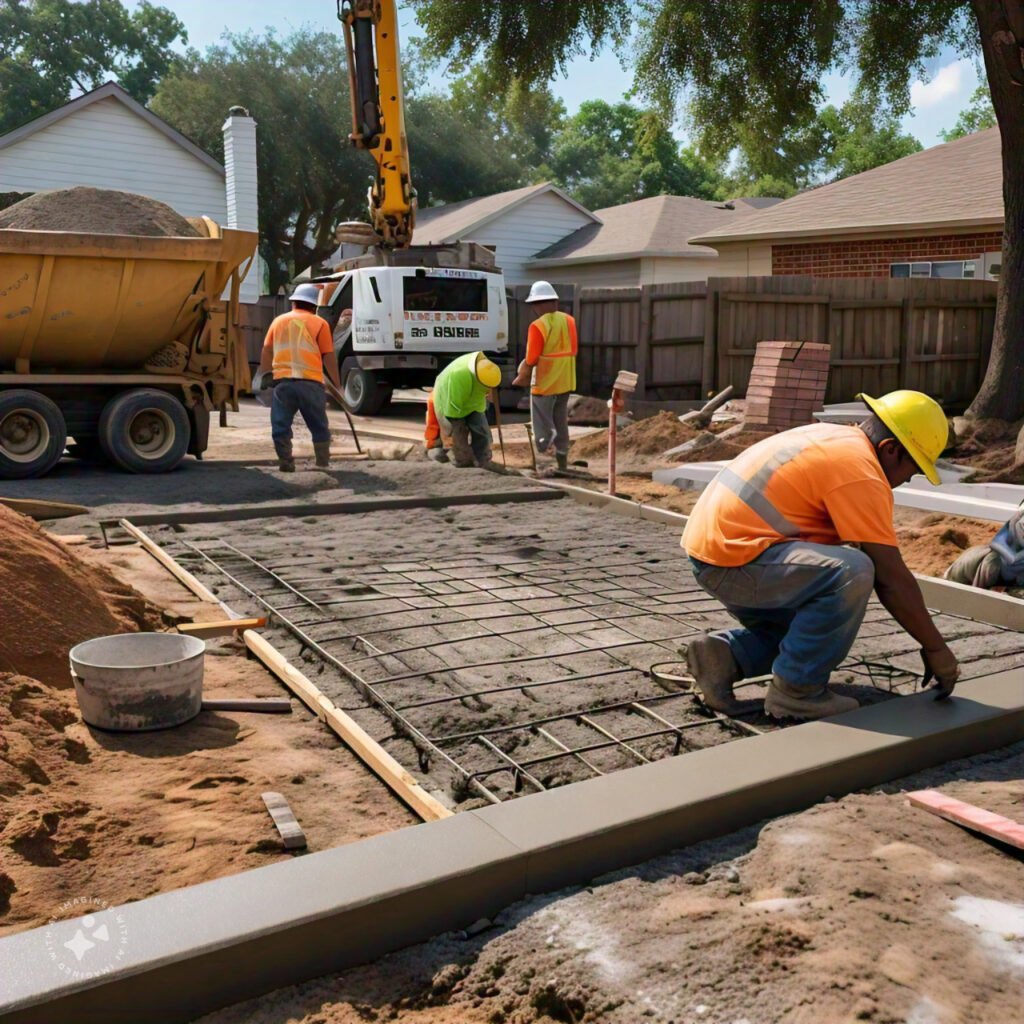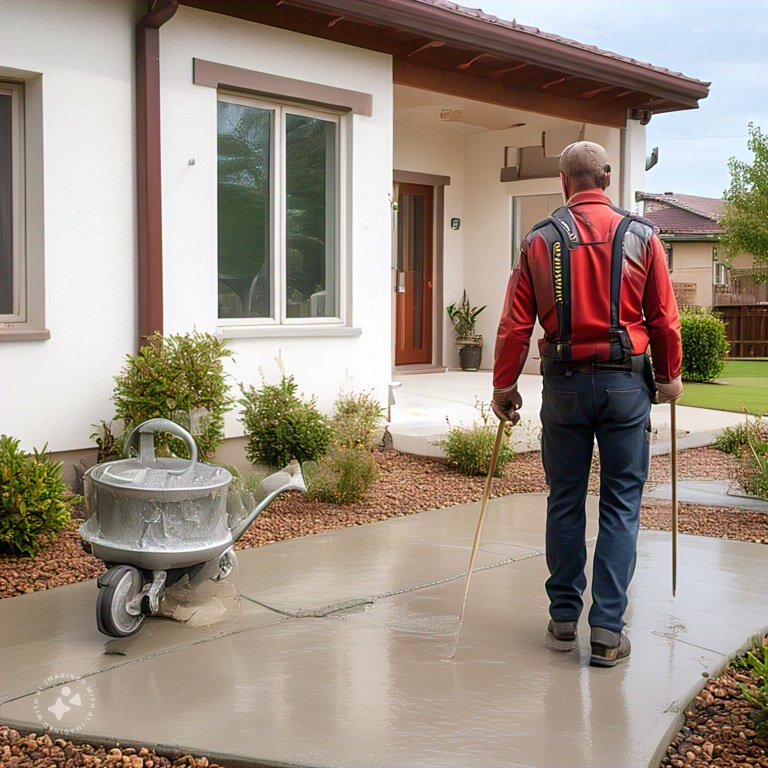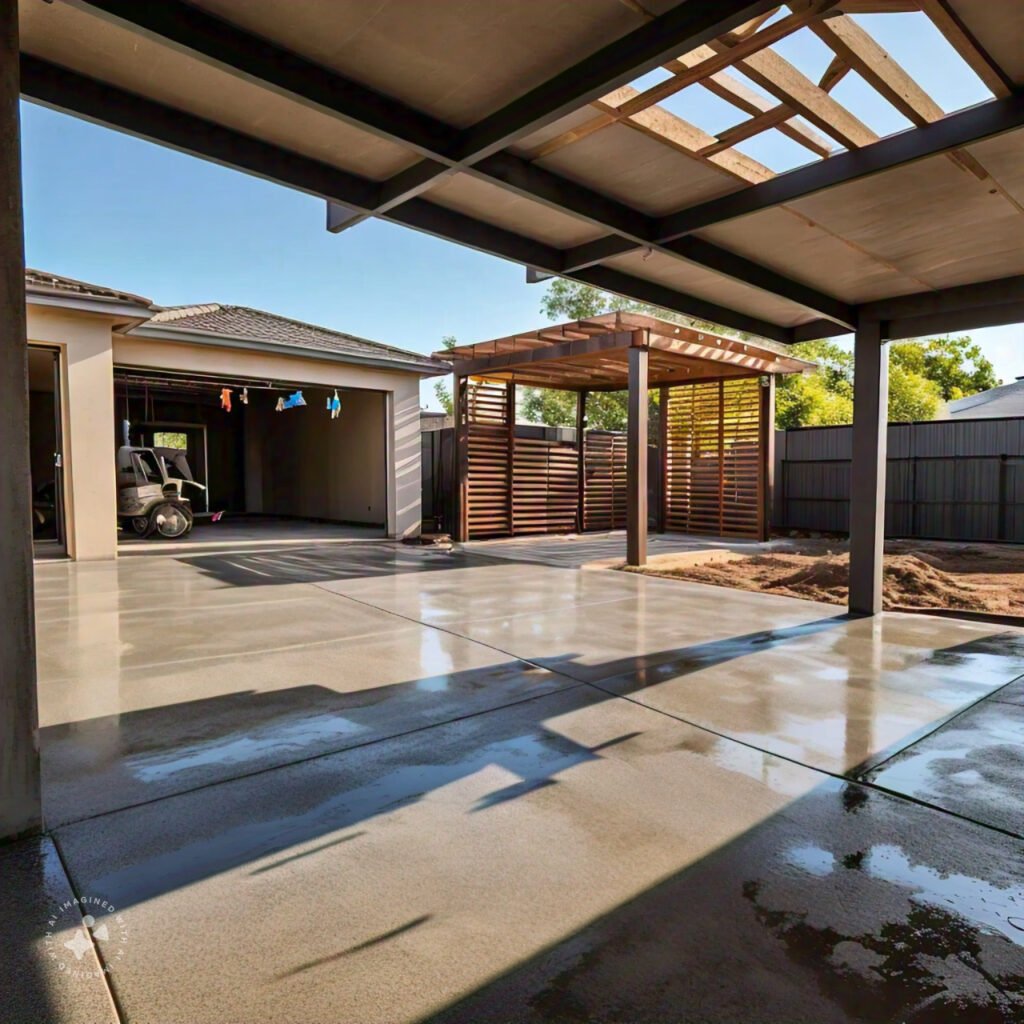Installing Driveways and Sidewalks
Installing a driveway or sidewalk may seem straightforward, but getting it right requires careful planning and attention to detail. In Houston, where weather patterns can range from scorching heat to heavy rains, it’s crucial to ensure that driveways and sidewalks are durable enough to withstand both environmental and traffic pressures. In this article, we will walk you through the best practices for installing driveways and sidewalks that last, from choosing the right materials to ensuring proper drainage and joint placement.
Cross Construction Services
1. Choosing the Right Material: Concrete vs Asphalt
The material you choose for your driveway or sidewalk will have a significant impact on its durability and maintenance requirements.
- Concrete: Ideal for long-term durability, concrete is a popular choice for both driveways and sidewalks in Houston. It’s resistant to heavy loads, heat, and moisture, making it suitable for the city’s variable weather conditions.
- Asphalt: Asphalt is more affordable and flexible, but it requires more frequent maintenance. It’s often used for driveways but is less common for sidewalks.
2. Proper Subgrade Preparation
Subgrade preparation is one of the most critical steps in installing a durable driveway or sidewalk. Without a solid foundation, even the best materials will crack and deteriorate quickly.
- How to Prepare the Subgrade: First, remove any organic material such as grass, roots, or debris from the area. Next, compact the soil using a mechanical compactor to create a firm base. Finally, add a layer of gravel or crushed stone to improve drainage and further stabilize the base.
3. Installing Expansion Joints
Expansion joints allow the driveway or sidewalk to expand and contract with temperature changes without cracking. This is especially important in Houston’s hot climate.
- Best Practices for Expansion Joints: Install expansion joints every 10 feet for driveways and every 5 feet for sidewalks. Ensure the joints are filled with flexible material, such as silicone or polyurethane, to prevent water infiltration.
4. Ensuring Proper Drainage
Water is one of the biggest enemies of concrete and asphalt. Without proper drainage, water can pool on the surface or seep into the base, leading to erosion, cracks, and early failure.
- Best Practices for Drainage: Slope the driveway or sidewalk away from buildings and other structures to direct water flow. For areas prone to heavy rain, consider adding additional drainage solutions such as French drains or concrete valley gutters.
5. Frequently Asked Questions About Driveway and Sidewalk Installation
- How thick should my driveway or sidewalk be? For residential driveways, a thickness of 6 inches is recommended, while sidewalks should be at least 4.5 inches thick to handle foot traffic. For commercial driveways, a thickness of 7 inches or more may be needed for heavy loads.
- When can I use my driveway or sidewalk after installation? Concrete takes about 28 days to fully cure, but you can usually walk on a sidewalk after 24-48 hours and drive on a driveway after 7 days.
- What maintenance is required for concrete driveways and sidewalks? Regular cleaning and sealing can help protect the surface from water damage and stains. Address any cracks immediately to prevent further damage.
Concrete Solutions
Installing a durable driveway or sidewalk in Houston requires careful attention to detail, from selecting the right materials to ensuring proper subgrade preparation and drainage. By following these best practices, you can ensure that your driveway or sidewalk will stand the test of time, providing long-lasting performance with minimal maintenance. Whether you choose concrete or asphalt, investing in quality installation now will save you time and money in the future.


